Faith United Church of Christ
ABOUT US
WHO WE ARE
Our Mission
Together we are a community of believers. What does that mean, the word community? We believe that together in fellowship we grow closer to God and one another. The bible speaks about iron sharpening iron. We believe that together we grow stronger. We are a community of believers.
Our Vision
We strive to be a church without walls. Jesus calls for us to go outside the walls to reach the lost and the broken. It is there that the lost will be found. Most churches find it is comfortable to stay within the walls, but we make it an effort to be like the church from the book of Acts, to see our city changed.
Our Values
We highly value our relationships with one another. We look to grow through fellowship, and ultimately growing closer to God. We value the word of God, and the leadership of the Holy Spirit. We look to extend grace to all of the lost and broken, and lead those with no hope to the hope of Jesus Christ.
OUR HISTORY
Small Beginnings
As members of the United Church of Christ we have a shared history with four different groups of Protestant churches: Evangelical, Congregational, Christian churches, and Reformed.
When Iowa was settled Circuit Rider Rev. Severing and Rev. Becker began Sunday services in the Tripoli Public Schoolhouse. In 1880 they organized and naming their church “The St. Peter’s German Evangelical Church of Tripoli, Bremer County, Iowa”. Rev. Foerster was the first resident pastor. St Peter's Church served the congregation for 28 years.
In 1869 a Baptist Church was organized in Tripoli by Rev. Eastman Kelsey. He held services and Sunday School in the school house. In 1881 they built a small church. They desired to be more independent and adopted the doctrines of the Congregational Church and were granted a charter in 1901 to became the First Congregational Church.
The Christian Churches were most uniquely American in origin and character. They wanted the frontier churches to be freed to deal with the needs and concerns that were different from those of the more established European churches. They declared that the Bible was their only guide and adopted as their new name, the Christian Church
As the state of Iowa was being settled by Germans, the German Evangelical Synod of North America called upon area clergy to minister to the people of Tripoli boy holding Sunday services in the Tripoli public school house. In 1880, a number of the people banded together and organized a congregation, adopting the name of St. Peter's German Evangelical Church of Tripoli.
In 1931, the Congregational church and the Christian Church merged to become the Congregational Christian denomination. Three years later the Evangelical Synod of North America and the Reformed Church of North America merged and became known as the Evangelical and Reformed Church
In 1957, nationally, the Congregational Christian church joined with the Evangelical and Reformed Church to become the United Church of Christ. Following that merger, Tripoli's First Congregational Church and St. Peters Evangelical and Reformed Church merged in 1962 to become Faith United Church of Christ under the leadership of Rev. E. F. Puhlmann with a combined memberships of approximately 700.
Moving in together was quite a task but members from both congregations worked
faithfully to keep the transition smooth. Some pews, an altar, and other memorable
items were moved from First Congregational to their new home of Faith United Church
of Christ (the St. Peter’s building).
A Faith UCC new educational wing was dedicated in October 1966. The bell from the
Congregational Church was placed on the south side of the ed wing. In 1979, the front
steps of the church were demolished and work began on a new, enclosed front narthex.
The kitchen was remodeled in 1999. Also that year the connector between the main
structure and the education wing was built.
Recognizing the need to provide accessibility for all, in 2011 the congregation voted to
build an enclosed lift that provided access to the Sanctuary, Narthex, and Fellowship
Hall. As a part of the project, the small restrooms in Fellowship Hall were replaced with
two larger accessible restrooms.
Faith United Church of Christ is proud of its heritage not only as a UCC congregation
but also those ancestors who led by faith through the denominational mergers. In 1957
the original emblem of the United Church of Christ was selected and includes Jesus’
words from the Gospel according to John – “That they may all be one.” (John 17:21).
At Faith United Church of Christ, we continue to move through our days seeking to fulfill his message.
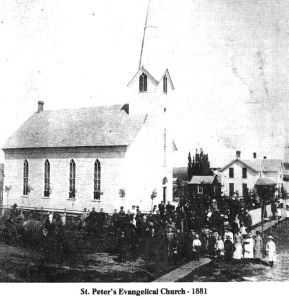
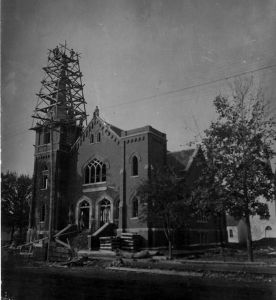
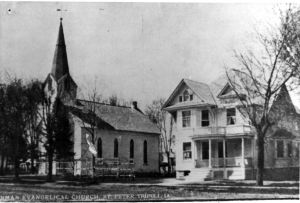

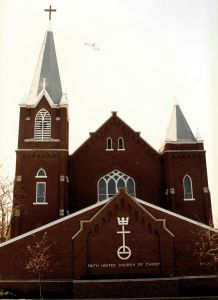
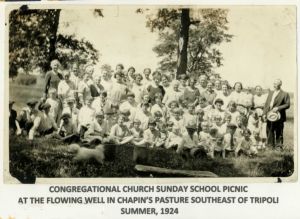
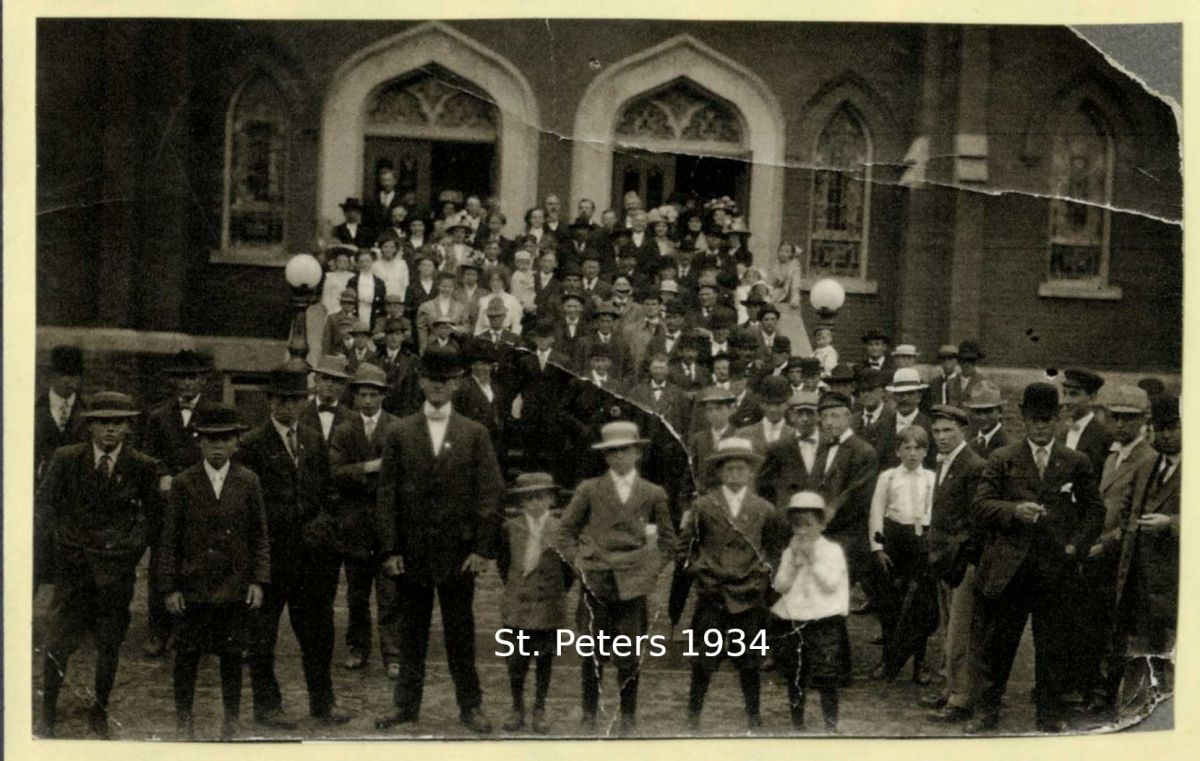
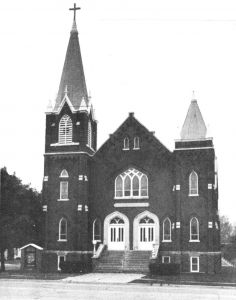
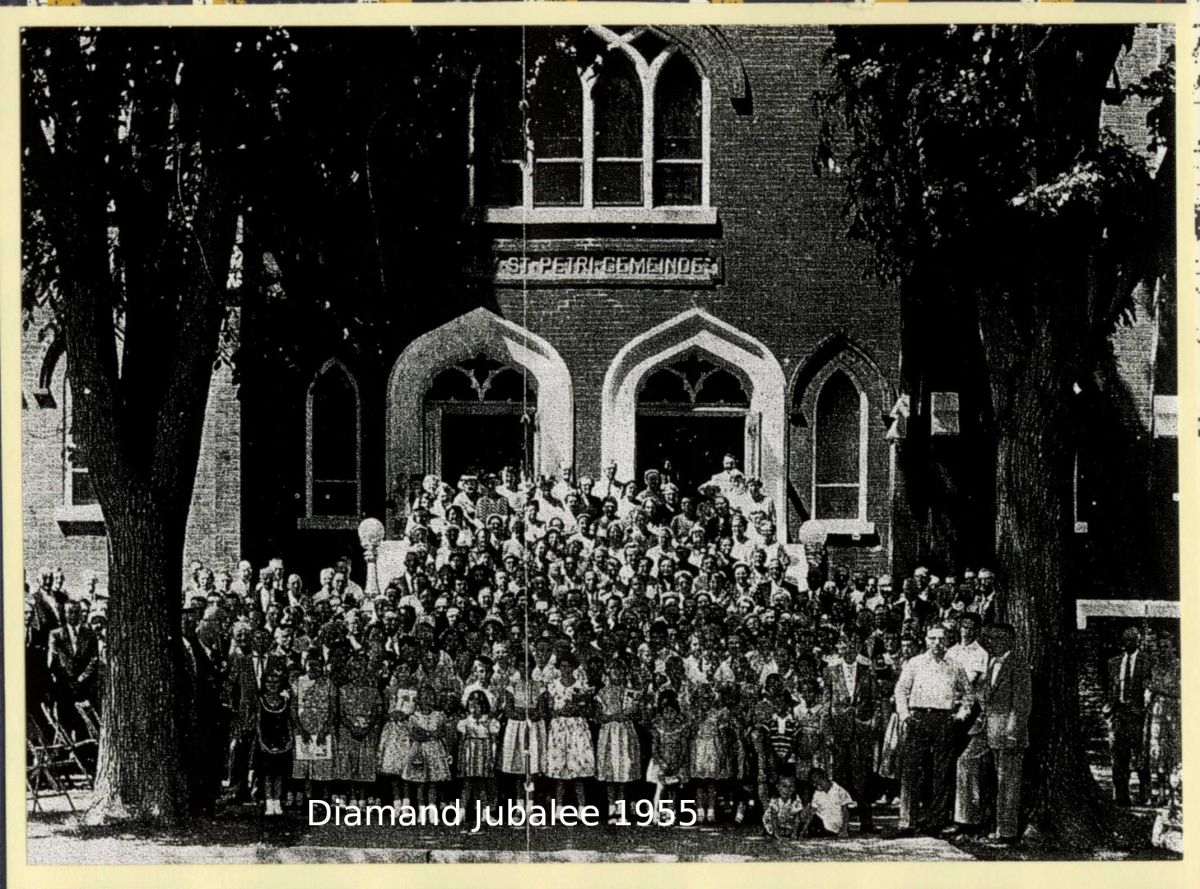
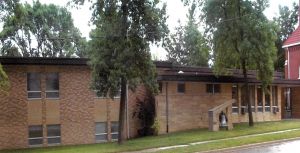

We want to see God move in our community
Together we are a community of believers. What does that mean, the word community? We believe that together in fellowship we grow closer to God and one another. The bible speaks about iron sharpening iron. We believe that together we grow stronger. We are a community of believers.
We strive to be a church without walls. Jesus calls for us to go outside the walls to reach the lost and the broken. It is there that the lost will be found. Most churches find it is comfortable to stay within the walls, but we make it an effort to be like the church from the book of Acts, to see our city changed.
We highly value our relationships with one another. We look to grow through fellowship, and ultimately growing closer to God. We value the word of God, and the leadership of the Holy Spirit. We look to extend grace to all of the lost and broken, and lead those with no hope to the hope of Jesus Christ.
Have Questions?
Reach Out!
We would love to hear from you. Click the button to the right to contact us.